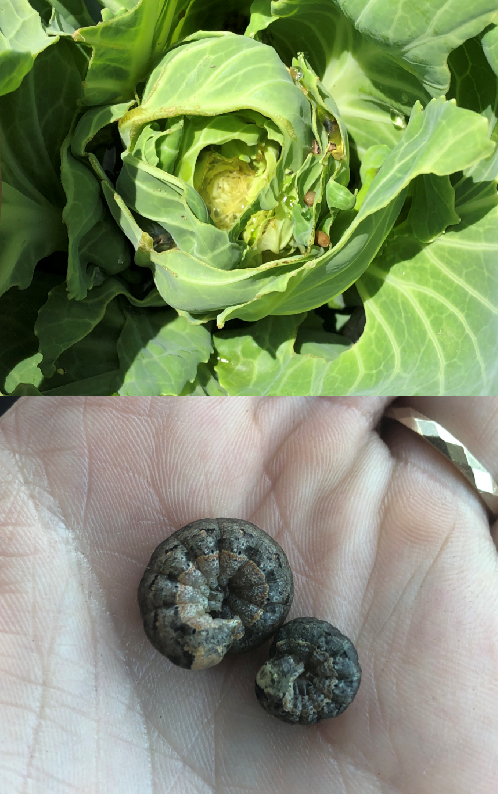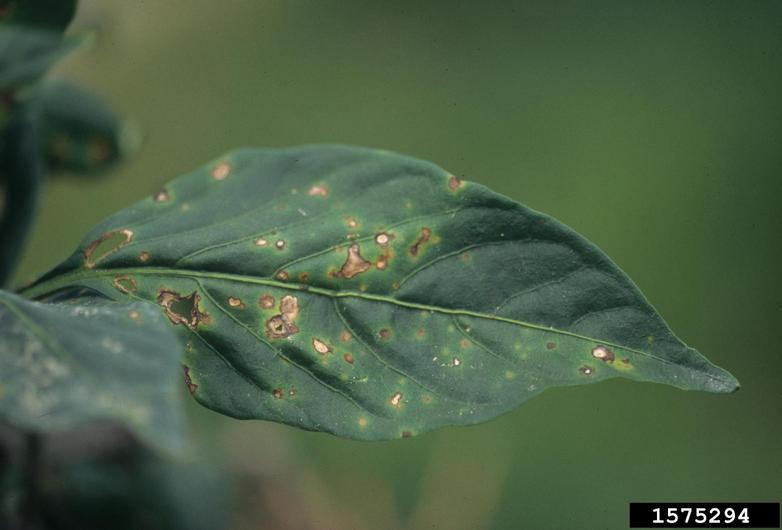Southeast Michigan vegetable update – June 19, 2019
Are you there summer? It’s me, Michigan.

Weather
More of the same in the last week, and more rain on the way tomorrow, June 20, and this weekend. It’s been cooler than normal, cloudier than normal and wetter than normal.
Looking at the medium range forecast into next week and July, we will see closer to normal temperatures and hopefully some changes to the weather pattern we’ve been in so far this season.
The table below shows rainfall totals for the Michigan State University Enviroweather stations in southeast Michigan, as well as degree-days calculated using the Baskerville-Emin Method. Degree-day average for Commerce and Hudson is over five years, while Deerfield is over two years. Rainfall is in inches, with number in parenthesis indicating rainfall since the last report. For a refresher on degree-days and how to get this information in your area, see “Accessing growing degree days with Enviro-weather” from MSU Extension.
|
Rainfall and degree day totals as of June 19 |
|||||
|---|---|---|---|---|---|
|
Station |
Degree days (base 42) |
Degree days (base 50) |
5-Year degree day average (base 50) |
Rainfall since April 1 |
|
|
Commerce |
1015 |
540 |
732.4 |
11.67 (+2) |
|
|
Deerfield |
1169 |
646 |
901.8 |
12.4 (+1.4) |
|
|
Hudson |
1070 |
585 |
809.9 |
11.27 (+0.73) |
|
General notes
MSU fields crops entomologist Christina DiFonzo released a detailed article on how this weather will affect field crops insect pests, “How will the wet spring impact field crop insects?” Generally, wet and cool weather means more slugs and seed corn maggot. Wet soils can kill insects that spend part of their lifecycle there, i.e., white grubs and western bean cutworm pupae can drown. Wet conditions also promote fungus, not only those that cause disease, but also those that attack pest insects. The timing of pest activity and growth stage of neighboring field corn with have implications for European corn borer and western bean cutworm.
Ron Goldy gives his thought on what this spring means for the season in his article, “Consequences of a cool, wet season for vegetables.”
Crop reports
Cole crops are being planted and harvested. Kale and broccoli are being harvested and more cabbage is being planted. Some cabbage have softball-sized heads. Of caterpillar pests, diamondback moth larvae are the most commonly seen, though I have found imported cabbageworm pupae in fields.

This unusual season has led to some unusual pests. I saw some true armyworm in cabbage this week. This pest is most likely to occur in fields near recently mowed down or killed off grasses. Armyworm moths travel here on air currents and lay their eggs in grasses, and when those grasses get mowed, sprayed, crimped, etc., the armyworm larvae move into neighboring crops and feed. Armyworm has a very large host range, so if you have recently emerged plants or young transplants, it’s good to keep an eye on what neighboring fields are doing. Many fields in southern portions of our region are fallow, so the timing of weed control may send armyworm into neighboring fields.
There was also a case of Asiatic garden beetle feeding on cabbage roots in our region. I’ve seen this pest feed sporadically on cabbage roots, but in this case, the cabbage was on raised plastic beds. With the wet weather, the grubs were moving to the drier soil on the raised bed, then feeding on the only roots available, making the damage more pronounced.
Beets are being harvested.
Peas are being picked.

In peppers, bacterial leaf spot is starting to make itself known. For the list of management tools, see the Midwest Vegetable Production Guide. I’m also seeing some peppers flowering though the plants are still small. This is a stress response, and it is likely harvest will be short and yields low.
Early planted potatoes are flowering.
In vine crops, cucumber beetle is out; pressure varies depending on the farm. In cucumbers, cantaloupe and watermelon, the treatment threshold is one beetle per plant. For pumpkins and squash, the threshold is five beetles per plant. For a list of what is registered, see the Midwest Vegetable Production Guide. Remember to spray later in the day to protect pollinators. The is predicting squash vine borer will start to emerge this time next week.
DiFonzo’s predictions have some interesting tidbits for sweet corn pests. She predicts there will likely be some western bean cutworm pupa death in wet fields with heavy fields while sandier soils will allow survival. The late and limited planting of field corn will likely have implications for corn earworm egglaying. Planting timing of sweet corn will affect both western bean cutworm and European corn borer activity. Keep an eye on sweet corn that is much earlier or much later than neighboring field corn during periods where these pests are active.
Processing tomato planting close to wrapping or wrapped. Early fields are in bloom and fruit have started to form.
Some hoop house tomatoes are starting to be picked. The combination of high humidity and flowering tomatoes can lead to botrytis (gray mold) infestation. This disease is also promoted by plant wounding, which happens during training and pruning. Venting will help, as will increasing heat in the hoop to reduce humidity. For conventional growers, Pageant Intrinsic has a label for fruiting greenhouse vegetables and short preharvest interval (PHI). Apply, then go into the house and removed infected fruit, flowers and leaves to reduce the amount of spores.
Reach out
Contact me at schuhmar@msu.edu or 517-264-5309 to schedule a farm visit or ask a question.
Meetings
Next month’s Young Growers Exchange Bus Tour is designed to allow the next generation of vegetable growers to network with each other while visiting west Michigan farms and is open to all growers in the Midwest. The tour will take place over two half-days on July 17-18. Day one will focus on soil health, showcasing Morgan’s Compost and a major potato grower who is part of a soil health initiative. Day two will include another major potato grower plus muck vegetable production. There has been a lot of grower interest, so early registrations in the grower category are filling up fast. We are also offering a single-day option to allow for additional participants to caravan and leave on their own. Please consider registering.
The 2019 MSU Weed Tour has been rescheduled for July 10. Learn about herbicide programs and see research plots during this field day in East Lansing, Michigan.
Save the date! On July 24 from 6-8 p.m. there will be a program on propagation at the Washtenaw County MSU Extension office. More information and event registration to come.
Start making travel arrangements, the 2019 Great Lakes Fruit, Vegetable, and Farm Market EXPO is scheduled for Dec. 10-12 in Grand Rapids, Michigan. We have great speakers coming in from across the country to address the production, labor, and marketing issues affecting Michigan vegetable growers.



 Print
Print Email
Email

